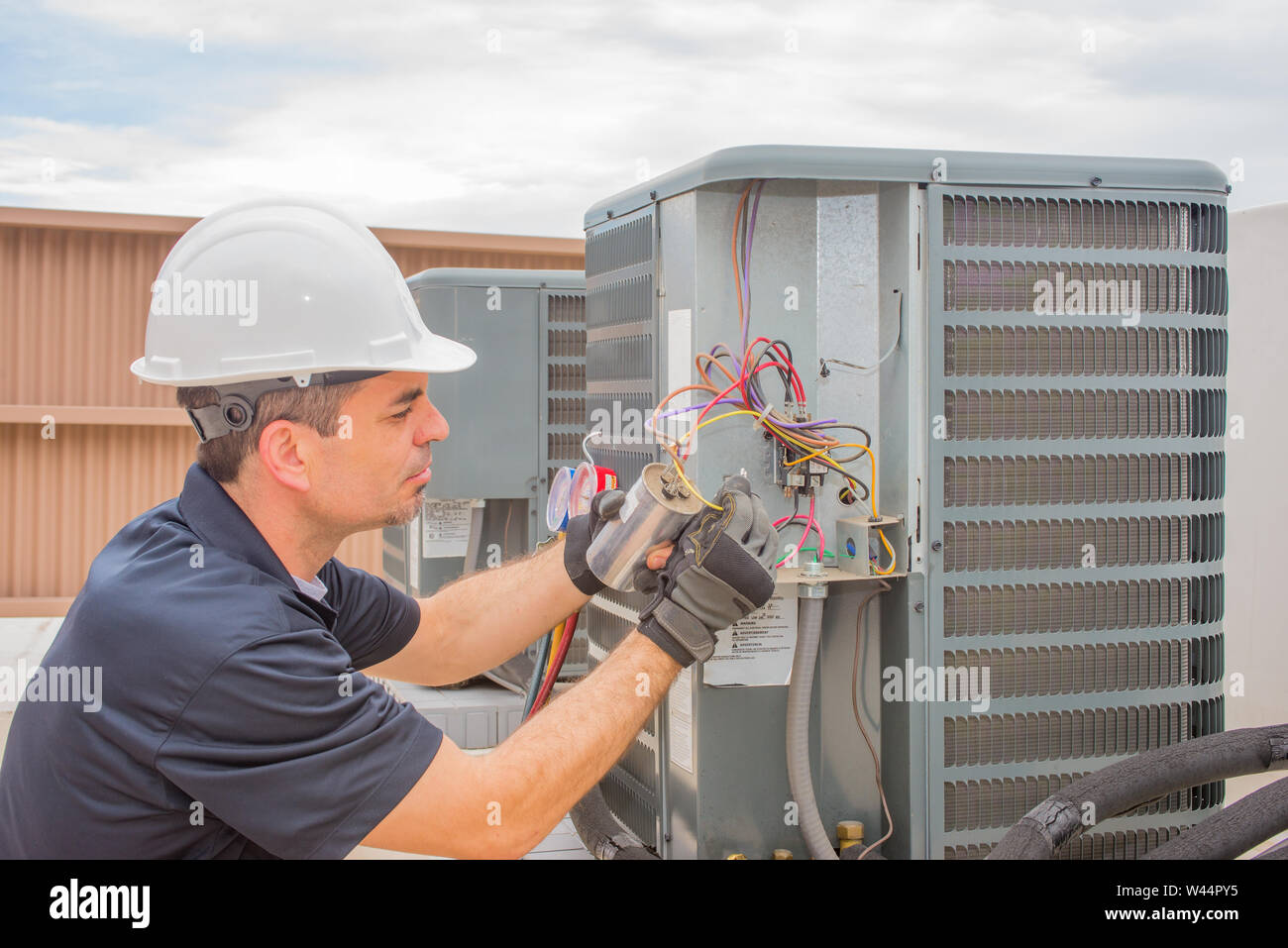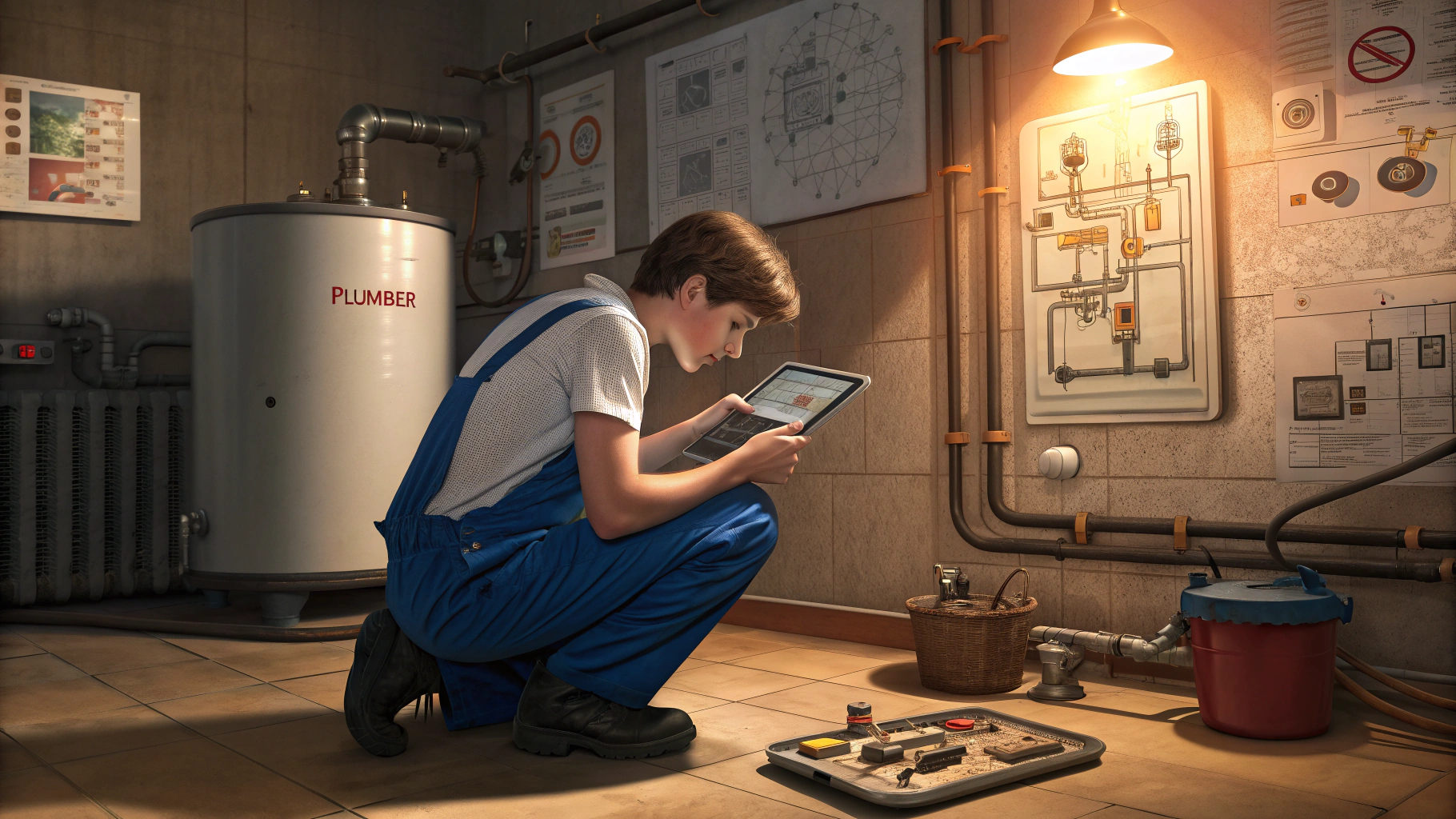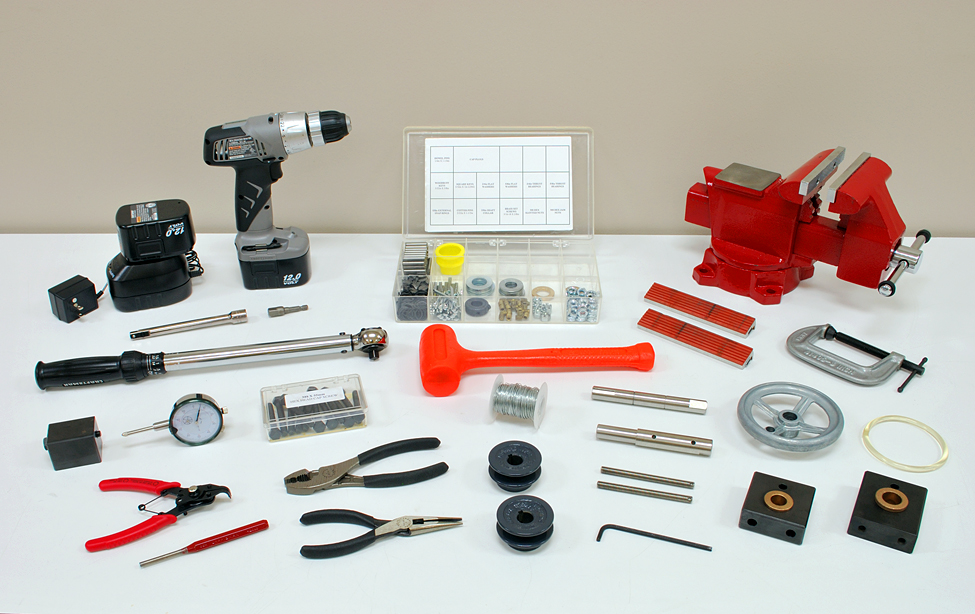Introduction
When a Chicago hospital’s HVAC system failed during a record heatwave in 2024, technicians restored critical cooling in under three hours, preventing $2 million in equipment damage. Stories like this shows why skilled trades careers in facility maintenance have become indispensable. In 2025, these roles combine tradition with innovation and offer 13% projected job growth for industrial machinery mechanics 1 while facing a shortage of 158,000 workers by 2030 2. Let’s explore how building systems trades are evolving into high-impact careers shaping our hospitals, schools, and public infrastructure.

How Skilled Trades Careers Are Changing Facility Maintenance
Labor Shortages Meet Hybrid Solutions
With 40% of veteran facility managers nearing retirement 2, organizations are pairing AR headsets with apprenticeships to fast-track training. At Memorial Healthcare System, journeyman electricians use augmented reality to teach troubleshooting skills to new hires in half the traditional time 4.

High-Demand Roles Rising
Industrial maintenance mechanics now earn over $59,470 annually 5, with specialists in solar-integrated HVAC systems commanding $75k+ in states like California. This growth springs from aging infrastructure, with the American Society of Civil Engineers estimating $2.6 trillion needed for repairs by 2029.
Entry Points Without Debt
Debt-free apprenticeships are drawing Gen Z workers like 22-year-old Jamal Reynolds, who landed a union plumbing job after completing Cincinnati State’s earn-while-you-learn program.
“I’m fixing school boilers by day,” he says, “and studying digital building models at night” 6.

Tech Transforms Building Systems
Miami-Dade College recently upgraded its training labs with tools like vibration analysis sensors and automation software.
“Today’s technicians need both wrench skills and coding basics,” explains instructor Luis Garcia. His students simulate fixing smart HVAC systems using the same AI tools installed in Amazon warehouses .

What Makes Facility Trades Jobs Unique
The Swiss Army Knife Effect
Unlike specialized vocations, facility maintenance pros tackle cross-trade challenges. Take Maria Gonzalez, a Phoenix Starbucks facilities manager who coordinates elevator repairs, roof leaks, and commercial kitchen HVAC (sometimes all before lunch).
“Every day’s a new puzzle,” she laughs 7.

Crisis Management Masters
When a frozen pipe burst at Denver’s Mile High Stadium last winter, technician team lead Amir Johnson redesigned the drainage system mid-blizzard.
“We had 48 hours before the Broncos’ next game,” he recalls. “Pressure? That’s when we shine” 8.

Advancing in Institutional Maintenance Careers
From Certificates to Boardrooms
After earning his Certified Facility Manager credential, former mechanic Ray Chen now oversees 75 technicians at a Boston university. His secret?
“Master digital twins of building systems first,” he advises, referencing the 3D models used to simulate renovations 9.
Specialization Pays Off
Solar certifications boosted Priya Nair’s salary by 40% when her Minnesota school district converted to renewable energy.
“I went from changing filters to optimizing microgrids,” she says. The U.S. Department of Energy reports similar roles growing 60% through 2027 10.

Technology’s Impact on Building Systems Trades
Robots Handle Repetition, Humans Strategize
Automated masonry bots now lay bricks at U.S. military bases, but human crews still tackle complex electrical upgrades. At New York’s JFK Airport, crews used BIM software to rewire Terminal 4 without disrupting flights. This is a feat requiring 287 precise nighttime shutdowns 11.
AI Predicts Problems Before They Crash
Cleveland Clinic’s predictive maintenance system averted 18 equipment failures last year using vibration pattern analysis.
“We catch issues during routine inspections now,” says lead engineer Kwame Williams. “No more 2 AM crisis calls” .
Solving the Workforce Puzzle
Mentorship 2.0
Retiring Detroit mechanic Carlos Rivera spends Fridays coaching apprentices via AR overlays on their tool visors.
“They see what I see,” he explains, tracing a circuit diagram in mid-air. The program’s boosted retention by 65% 4.
Schools Embrace Real-World Training
Texas high schools now graduate students with OSHA-30 certifications and PLC programming skills.
“My seniors troubleshoot robotic arms at local factories,” beams Houston teacher Emily Zhou. “They’re hired before graduation” 6.
Why Facility Trades Jobs Boost Communities
Every Dollar Multiplies
A recent Federal Reserve study found every $1 million invested in facility upgrades creates 19 local trades jobs—triple the retail sector’s impact. Buffalo’s school modernization project alone added 142 positions 14.

Safer Hospitals, Smarter Schools
When Nashville upgraded hospital ventilation systems, asthma ER visits dropped 17% in six months.
“Proper maintenance saves lives,” notes CDC consultant Dr. Alicia Park 15.
Conclusion: Powering Tomorrow’s Infrastructure
Skilled trades careers in institutional maintenance have evolved far beyond wrench-turning. They’re tech-savvy, community-shaping roles where workers like Maria and Jamal blend AI insights with hands-on grit. As renewable energy and smart buildings redefine the field, one truth holds: the professionals maintaining our hospitals, schools, and stadiums will always be the quiet pillars of progress.
The path forward? More AR-trained apprentices, greener certifications, and a societal shift that values the tradesperson’s craft as much as the engineer’s blueprint. Because when the next crisis hits, even if it’s a frozen pipe or a cyber-attack on building sensors, we’ll need those skilled hands to keep the lights on.

